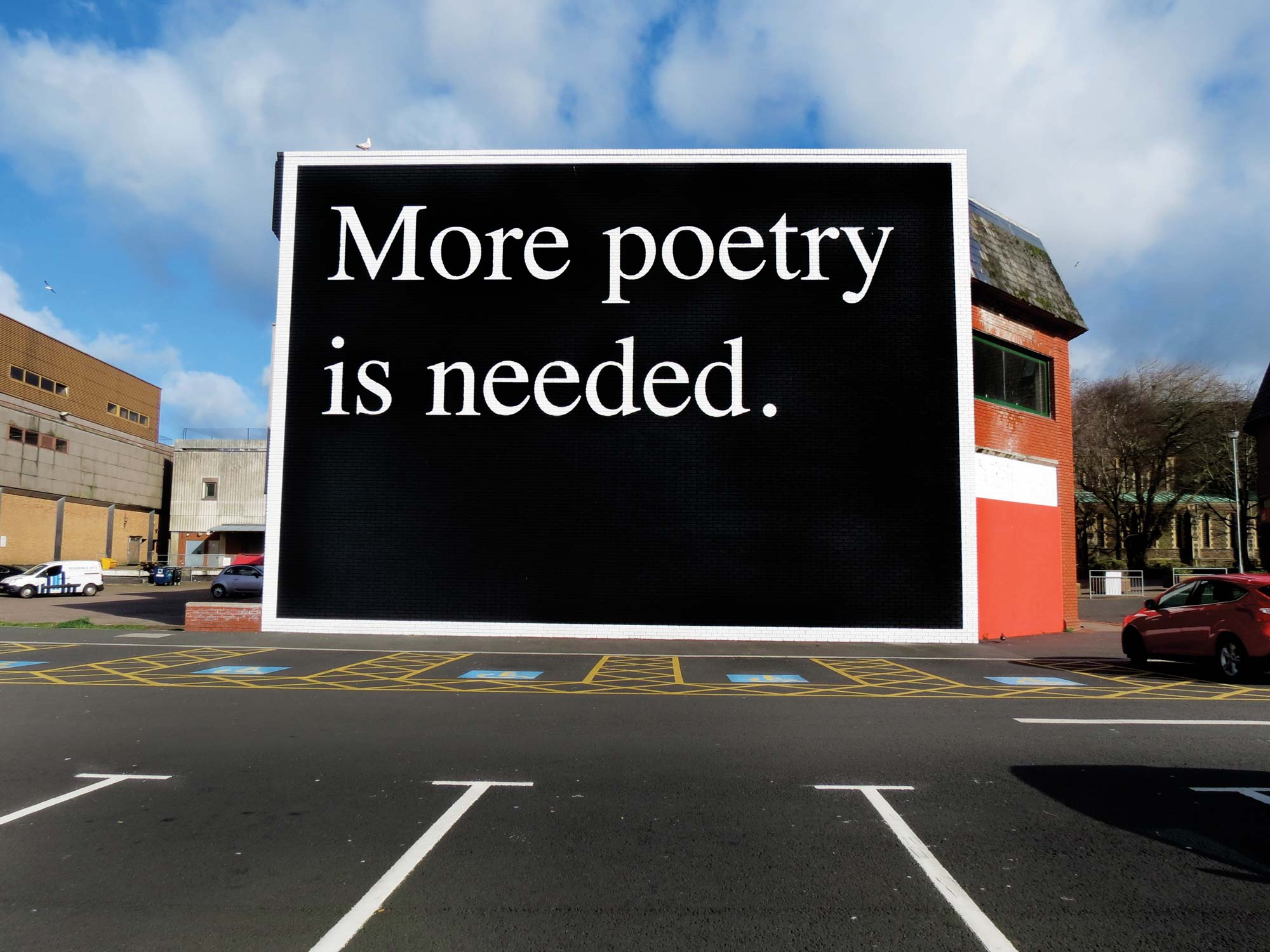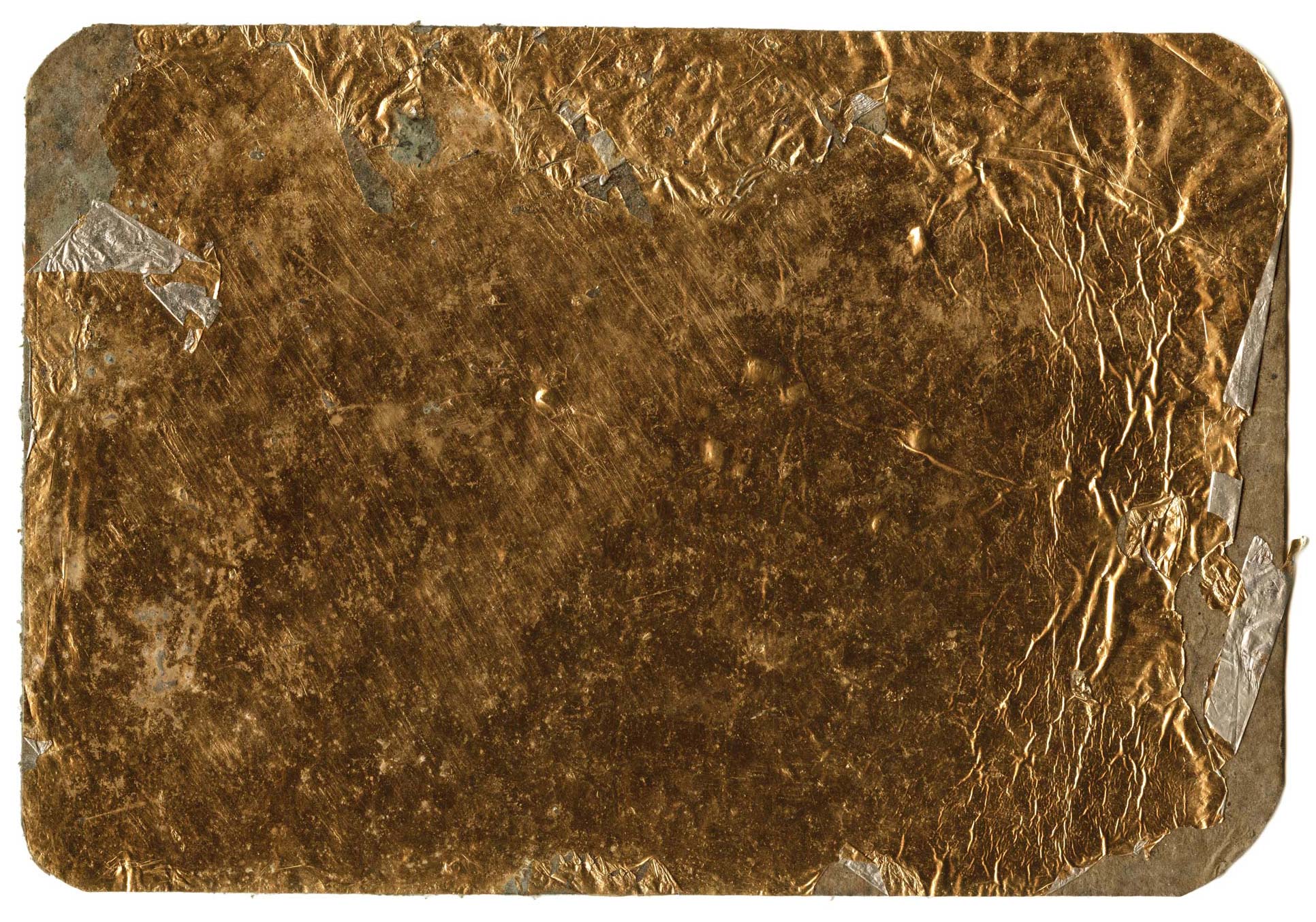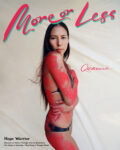
Figure No.4 (2018), gouache on paper, by Conie Vallese
“The concept of caviar and champagne doesn’t have the same significance to people any more. There is a higher, more elevated consciousness and awareness focused on the ideas of caring, involvement and shared community. ‘Luxury’, as a concept, now transforms an individual’s aims into something where we recognise what is important and relevant as humans, leading to the ascendance of emotional desire and fulfilment over materialism.”
Conie Vallese, artist

Photograph by Jack Davison
“My head jumps to shiny, expensive things when I think of the word ‘luxury’; it makes my brain itch a bit. To me, it’s more about finding pleasure in the matter-of-fact processes of daily life: being outside, returning home, drinking good wine, the existence of dogs, surrounding yourself with interesting people, and then having the time to enjoy those things at length, without any plans.”
Jack Davison, photographer
In the not-so-distant past, the spoils of wealth and success would be easy to identify and therefore aspire to. There was a recipe, with key ingredients that revolved around Carrara marble, gold hardware, crocodile leather, carp ponds, silk sheets, plush carpets, multiple modes of transport (private jets, horses and golf buggies included), staff and climate-appropriate wardrobes in a portfolio of properties crisscrossing the globe. The culturally inclined might have a Picasso, a Warhol, an unnamed North Korean artist and a provocative Richard Prince reappropriation work in the downstairs loo. They might have even employed a mystic. In other words, grandeur with a slice of wit and a sprinkling of spirituality was synonymous with wealth and taste. Living in the present was for peasants.
It’s the world that has been fondly resurrected in Netflix’s remake of Dynasty, with the brattish Fallon Carrington dressed in head-to-toe pussybow-blouse-and-blazer ensembles by Alessandro Michele for Gucci, and the “evil” stepmother Cristal (a Venezuelan immigrant) donning bespoke white trouser suits à la Bianca Jagger by day and Halston-esque goddess gowns at cocktail hour. Michael (the family chauffeur and Fallon’s crush, maybe to be displaced by a driverless car sometime soon) lives on the estate in a converted barn with vintage industrial fittings – Lady Chatterley’s Lover recast for current times with a physique, intellect and seer-like quality to boot. Fallon and her brother Stephen attempt to forge ahead in the ecological-energy business and “transparent” politics, leaving a trail of chaos. The family is cursed by the need to win and find zero-sum solutions to everything. One by one, the characters start to learn about consequences.
How our fantasies of luxury waver. One year it is 1,000-threadcount linen, instant digital access to mates and family, Guatemalan Fairtrade coffee beans and a pension pot for the future. The next, it is an app that tracks the quality of our supposedly hard-won sleep, fresh air, a silken scarf made of orange peel and a plastic-free ocean.

Molly Goddard archive skirt, photographed by Tim Walker for Patty, a book collaboration with Molly and Alice Goddard. © Tim Walker, 2018
“My view of luxury is something that has taken care and time to make. Like a one-off vintage dress or a seafood platter, something you appreciate and remember. Wine at lunch and Victorian lace nightgowns!”
Molly Goddard, designer
What, we are frequently invited to ponder, is the new luxury? If luxury equates to changing materials and silhouettes, that’s a relatively easy question. Bronze (it appears more earthy) has replaced gold as the metal of choice; Teslas have trumped Ferraris; asymmetry has jacked symmetry in dress codes; and $500 cotton jersey hoodies have given four-ply cashmere sweaters a run. Rainbow colours have shunted monochromes, and unicorns have replaced ponies as the equine of choice.
Twenty-four-hour staff? We all have potential access to that in the shape of Alexa, Uber, Deliveroo, Grab and any other service we can summon via app and a credit card. In Bogota, riders will even go and collect cash, thus saving the client the risk of mugging. The instant-access, click-of-a-finger life that we once imagined to be the preserve of moguls, dictators, football stars, lottery winners and narcos is now dangerously available to all of us. Just listen to the names – Farfetch, Grab, OkCupid, Alibaba – is it not the language of master and servant? Everything is available and all at once and that can leave most of us in a catatonic state living under a smog of digital advertising that pushes and teases at our every “personal”, “individual” desire.
Maybe we have a whimsical yearning for old-school luxury because it seemed to embrace the savouring rather than the acceleration of time. In April, the interior furnishings of the recently refurbished Ritz hotel in Paris were sold at auction. Lots including greying marble bathtubs (who wants to claim they shared a tub with Hermann Goering and crew?), leather sofas from the legendary Hemingway Bar, the furnishings from Coco Chanel’s suite and every genus of dinnerware (from soufflé ramekins to coquilles St-Jacques spoons) were on sale, recouping some of the $620 million spent by Mohammed Al Fayed. In other words, nostalgic “stuff” that embraced a slower passage of time has an auctionable value.
Stuff is not a luxury now – absence is. We will pay and go out of our way to avoid all interferences, pay to clear out emotional and material detritus. As much as the technological revolution has improved and revolutionised so many aspects of our lives (in medicine, transport, communications, services, education) the counter side is an invasion of mental space, dream space and the confusion that comes from sweet little lies we present on social media. Of course we want to pretend we are living the dream – it is the new/old keeping up with the Joneses.

More Poetry Is Needed (2014), by Jeremy Deller St Mary’s Car Park, Swansea Commissioned by Locws International for Art Across the City, Swansea, 2014. Photo courtesy of Locws International. Courtesy of the artist and the Modern Institute/Toby Webster Ltd
“A book in my hand in a quiet room is priceless.”
Jeremy Deller, artist
We are placed in constant state of alert for the next “must-have”, “do not miss”, “essential”, “game-changing”, “empowering” hybrid jacket, super-sneaker or weird singular earring. Does the language of desperation behove luxury? When did speed, logistics and efficiency enter the equation? Who is that person who needs a Gucci bag delivered in 90 minutes? Rabid consumerism happily vacuums away our sense of time and erodes our sense of being a species among many others on this planet. The legacy is mountains of physical stuff and gigantic digital warehouses in Finland filled with invisible clouds of data and digital memories. These “banks” generate so much heat, the constructions require subzero temperatures to cool off.
As human beings we are hardwired to appreciate and seek out beauty, and that comes from contradictions and frictions, not a seamless operations scheme. We’ve been praying at the altar of cool, powerful, smart, instant and small with the goal of feeling somehow weightless yet utterly in control. What’s the new luxury? Arguably it is creativity, because that takes time, skills honed through learning and a certain mindset. But it is how creativity is applied. Azzedine Alaïa spent a lifetime mastering materials to design garments that truly have a sense of timelessness – every detail is perfection. He made things of consequence and that is the maxim that is shared by the best designers. Vivienne Westwood, who has long been a champion of green values, designs exuberant gowns that last. The idea of producing product for its own sake is abhorrent to today’s most valued designers. Having things in our life and creating atmospheres that are precious and that we treat with utmost respect is the only way forward. Locating those “things” takes patience, instinct and, above all, love. The economy of many Western societies would not survive without the consumption of things. Right now, however, the work is in changing the very metrics of design and desire.

Cardboard meat tray found in Rue de Rome, Paris, on 12 January 2015 by Saskia de Brauw

